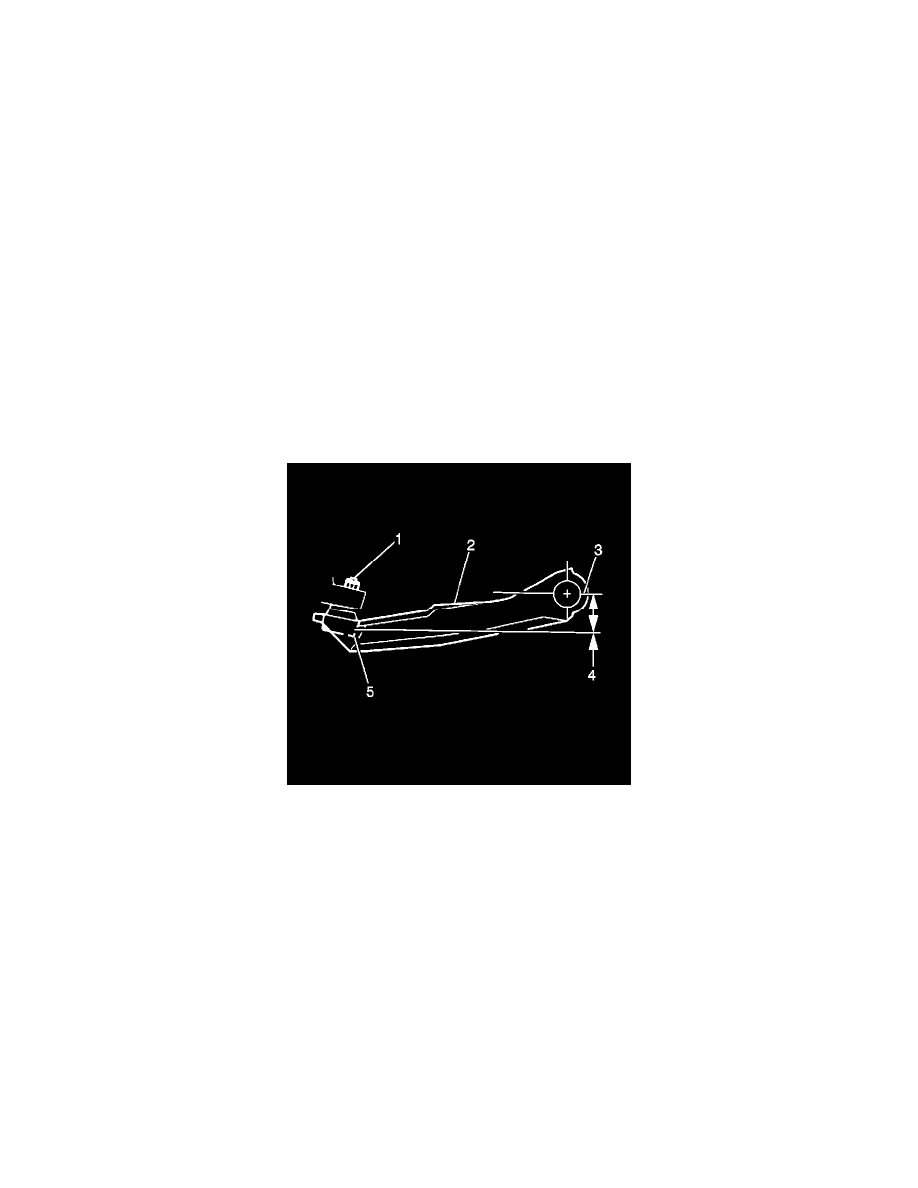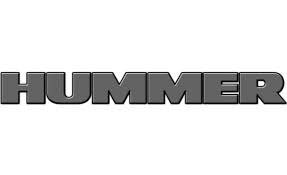H2 V8-6.2L (2008)

Alignment: Testing and Inspection
Trim Height Inspection
Trim Height Measurements
Trim height is a predetermined measurement relating to vehicle ride height. Incorrect trim heights can cause bottoming out over bumps, damage to the
suspension components, and symptoms similar to wheel alignment problems. Check the trim heights when diagnosing suspension concerns and before
checking the wheel alignment.
Perform the following before measuring the trim heights:
1. Set the tire pressures to the pressure shown on the certification label. Refer to Vehicle Certification, Tire Placard, Anti-Theft, and Service Parts ID
Label (See: Application and ID/Vehicle Certification, Tire Placard, Anti-Theft, and Service Parts ID Label) .
2. Check the fuel level. Add additional weight if necessary to simulate a full tank.
3. Verify that the rear compartment is empty except for the spare tire.
4. Verify that the vehicle is on a level surface, such as an alignment rack.
Z Height Measurement
1. Lift the front bumper of the vehicle up about 38 mm (1.5 in).
2. Suddenly remove your hands.
3. Allow the vehicle to settle into position.
4. Repeat this jouncing operation 2 more times.
5. Measure from the pivot bolt center line (3) down to the lower corner (5) of the lower ball joint (1) in order to obtain the Z height measurement (4).
6. Push the front bumper of the vehicle down about 38 mm (1.5 in).
7. Suddenly remove your hands.
8. Allow the vehicle to rise.
9. Repeat the operation for a total of 3 times.
10. Measure the Z dimension.
11. The true Z height dimension number is the average of the high and the low measurements. Refer to Trim Height Specifications (See:
Suspension/Specifications/Trim Height Specifications) .
Z Height Adjustment
